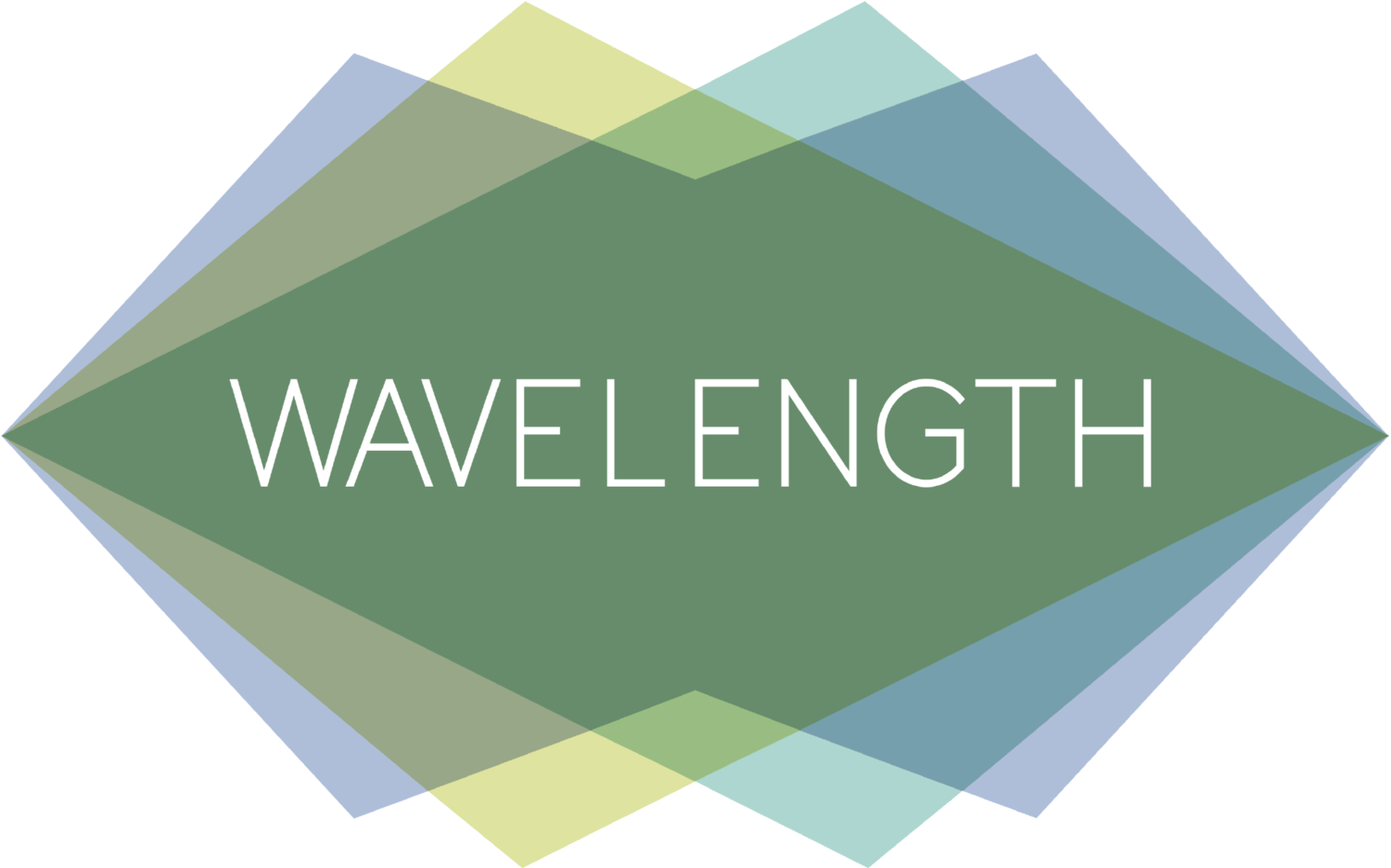A happy customer wades (carefully) into the public debate between Soraa, Cree, and others.
Wavelength Lighting buys, implements, and services LED products, including Cree and Soraa, for general lighting in high-end commercial spaces in New York. We are officially affiliated with neither manufacturer.
We’ve deployed a number of LED MR16 products here in New York, all in retail environments. The characteristics in an MR16 that matter to our users and, by extension, the customer’s experience are, in order: light quality, light output, low wattage, form factor/diode configuration, and longevity.
Having looked at all major LED MR16 products on the marketplace, we’ve determined that the Soraa lamp is a world-beater in that application. With a few exceptions, it’s the only low-voltage MR16 we specify. The light is excellent, especially in the Vivid line, and the form factor slick and universal. The wattage is higher than competitors, but when replacing a 50 or 75-watt halogen, the difference between 9 and 12 watts does not make or break project economics.
Soraa’s critics may have a point on longevity, however. We are seeing relatively high replacement rates on first generation product that’s been installed for 6-12 months (1 in every 30-50 lamps; total sample size of less than 1,000 lamps). To be fair, we installed the product in enclosed fixtures, by necessity, before Soraa or any other manufacturer warrantied their products for it (Soraa’s latest generation is enclosure-rated). Further, old New York wiring is notoriously unfriendly to electronics. However, it does seem that the first generation Soraa lamp might have a slightly higher failure rate (I’ve specified “big three”-manufactured LED MR16s with 0% failure a year later). Cree did seem to imply in their LEDs Magazine piece, however, that the “anonymous” GaN-on-GaN lamp had a failure rate similar to that of halogens—nowhere close, in our experience. We see a 2-6% failure* rate over about a year, versus 75-100% failure in halogens.
Wavelength Lighting does not sell lamps to its customers, but instead continues to own the product, leasing and servicing the installation. When we deploy a Soraa MR16, a Cree product, or any other lamp, we assume longevity risk. When a lamp is as far ahead of competition as the Soraa MR16, it’s a cost we have been willing to accept. This is to say that as an educated buyer and long-term owner of a large number of LED lamps, we believe differences in longevity are regularly trumped by the value of good lighting. What’s more, the pace of innovation and product improvement will render today’s LEDs obsolete long before their 25-50k hour rated lifetime.
Cree is coming out with fantastic products in a number of applications, and we currently have a retail project in progress using a Cree lamp that far-and-away beats other solutions on the metrics that matter to us. Of course, it’s a new product and practical longevity is impossible to know. We don’t much care.
*Failure is defined here as either lamp burnout or light output falling below 70% of initial output.
Still have questions? Get in touch with us for a free audit of your space!
We use this space to air thoughts on the industries in which we take part: LED lighting, aesthetic commercial lighting, and the growing industry of LED lighting as a service.
Wavelength is proud to be part of a community that includes offices, hotels, schools, retailers, LED manufacturers, and energy project investors. Material published here, however, reflects only our personal views on lighting, not those of our various partners.

